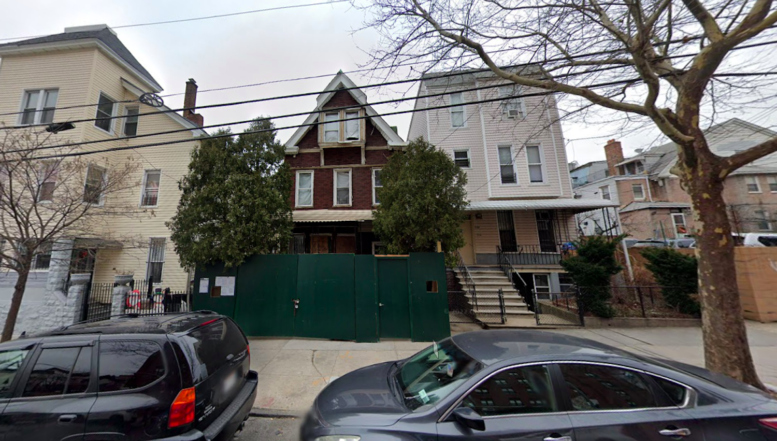AG James Requires Wegmans to Improve Data Storage Security Practices to Protect Consumers
New York Attorney General Letitia James today secured $400,000 from grocery store chain, Wegmans, for exposing the personal information of more than three million consumers nationwide, including more than 830,000 New Yorkers. For years, Wegmans kept consumers’ personal information in misconfigured cloud storage containers that were open, making it easy for hackers or others to potentially access the information. The compromised data included usernames and passwords for Wegmans accounts, as well as customers’ names, email addresses, mailing addresses, and additional data derived from drivers’ license numbers. As a result of Attorney General James’ action, Wegmans is also required to upgrade its data security practices to protect consumers.
“Wegmans failed to safely store and seal its consumers’ personal information, instead it left sensitive information out in the open for years,” said Attorney General James. “Today, Wegmans is paying the price for recklessly handling and exposing millions of consumers’ personal information on the internet. In the 21st century, there’s no excuse for companies to have poor cybersecurity systems and practices that hurt consumers.”
In April 2021, a security researcher informed Wegmans that a cloud storage container hosted on Microsoft Azure was left unsecured and open to public access, potentially exposing consumers’ sensitive information. Wegmans immediately reviewed its cloud environment and identified the container, which had a database backup file with over three million records of customer email addresses and account passwords. The container was misconfigured from its creation in January 2018 until April 2021. During this time, an unauthorized actor could have accessed and cracked account credentials, using them to log in to a customer’s Wegmans account or to access a customer’s account on a different website if the customer had reused their password. In May 2021, Wegmans discovered a second cloud storage container that was also misconfigured. The storage container, which was left publicly accessible since it was set up in November 2018, housed a database that included customers’ names, email addresses, mailing addresses, and additional data derived from drivers’ license numbers.
In June 2021, Wegmans began notifying affected consumers whose personal information was compromised during the incident. The Office of the Attorney General (OAG) determined that, in addition to failing to appropriately configure the cloud storage containers to limit access to its contents, at the time of the incident, Wegmans failed to inventory its cloud assets containing personal information, secure all user passwords, and regularly conduct security testing of its cloud assets. In addition, Wegmans maintained checksums derived from customers’ driver’s license numbers without a reasonable business purpose to maintain any form of driver’s license information indefinitely. Wegmans also failed to maintain long-term logs of its cloud assets, which made it difficult to investigate security incidents.
As a result of today’s agreement, Wegmans is required to pay New York $400,000 in penalties. In addition, Wegmans must adopt new measures to protect consumers’ personal information going forward, including:
- Maintaining a comprehensive information security program that includes regular updates to keep pace with changes in technology and security threats and reporting security risks to the company's leadership;
- Maintaining appropriate asset management practices, including maintaining an inventory of all cloud assets;
- Establishing policies and procedures to ensure all cloud assets containing personal information have appropriate access controls to limit access to such information;
- Developing a penetration testing program that includes at least one annual comprehensive penetration test of Wegmans’ cloud environment;
- Implementing centralized logging and monitoring of cloud asset activity, including logs that are readily accessible for a period of at least 90 days and stored for at least one year from the date the activity was logged;
- Establishing appropriate password policies and procedures for customer accounts, including hashing stored passwords with a hashing algorithm and salting policy commensurate with NIST standards, encouraging customers to use strong passwords, educating customers on the benefits of multifactor authentication, and prohibiting password reuse;
- Maintaining a reasonable vulnerability disclosure program that allows third parties, such as security researchers, to disclose vulnerabilities;
- Establishing appropriate practices for customer account management and authentication, including notice, a security challenge, or re-authentication for account changes; and,
- Updating its data collection and retention practices, including only collecting a customer’s personal information when there is a reasonable business purpose for collection and deleting personal information when there is no longer a reasonable business purpose to retain such information — for information collected prior to the effective date of the agreement, Wegmans will permanently delete all personal information for which no reasonable purpose exists within 240 days of the effective date.






